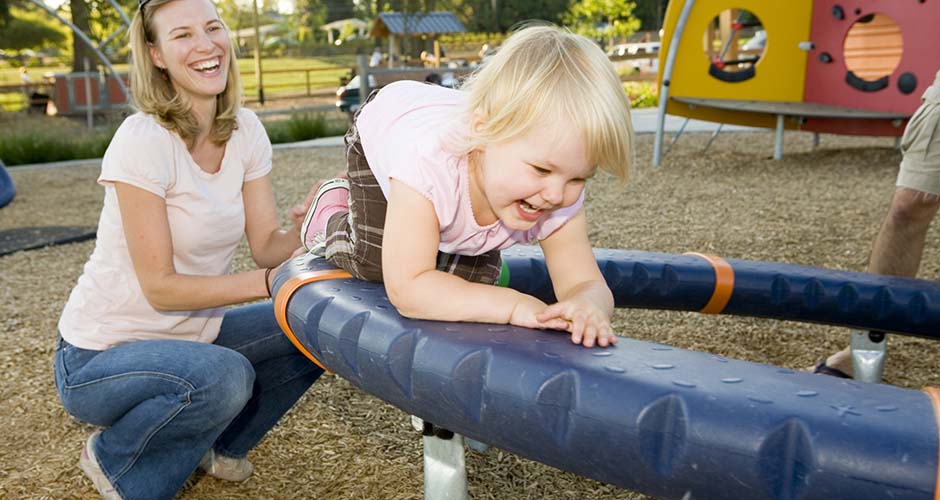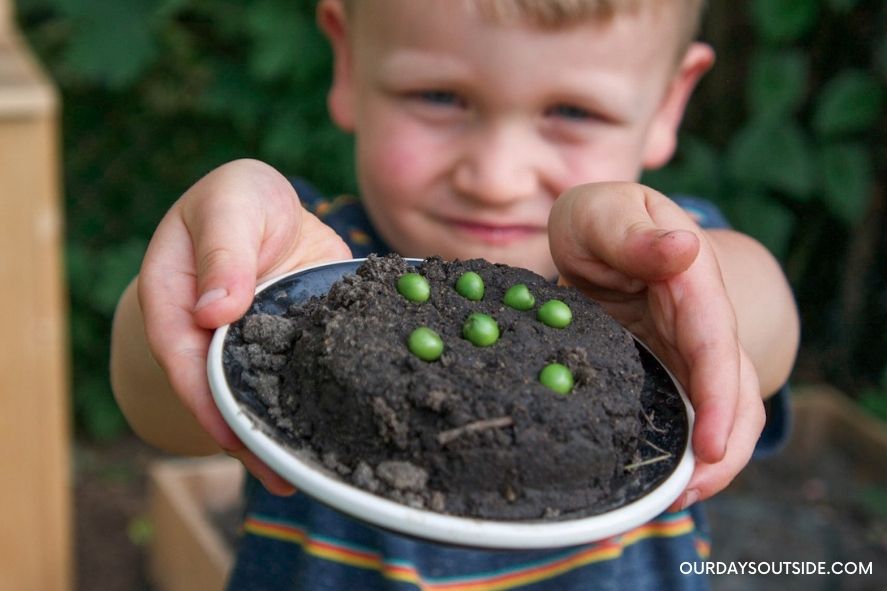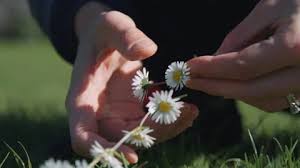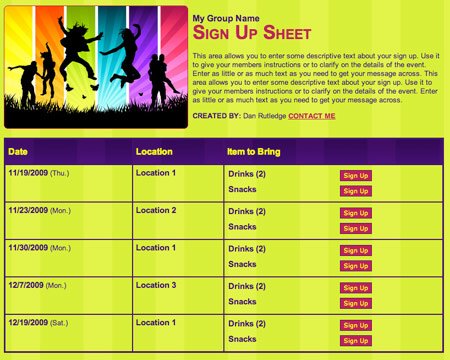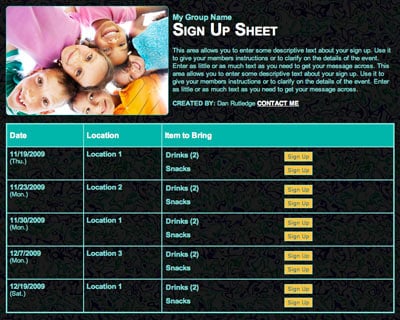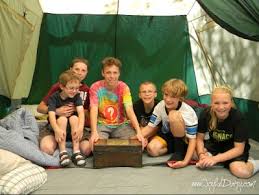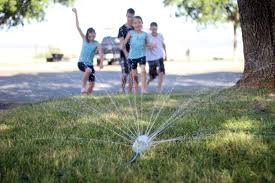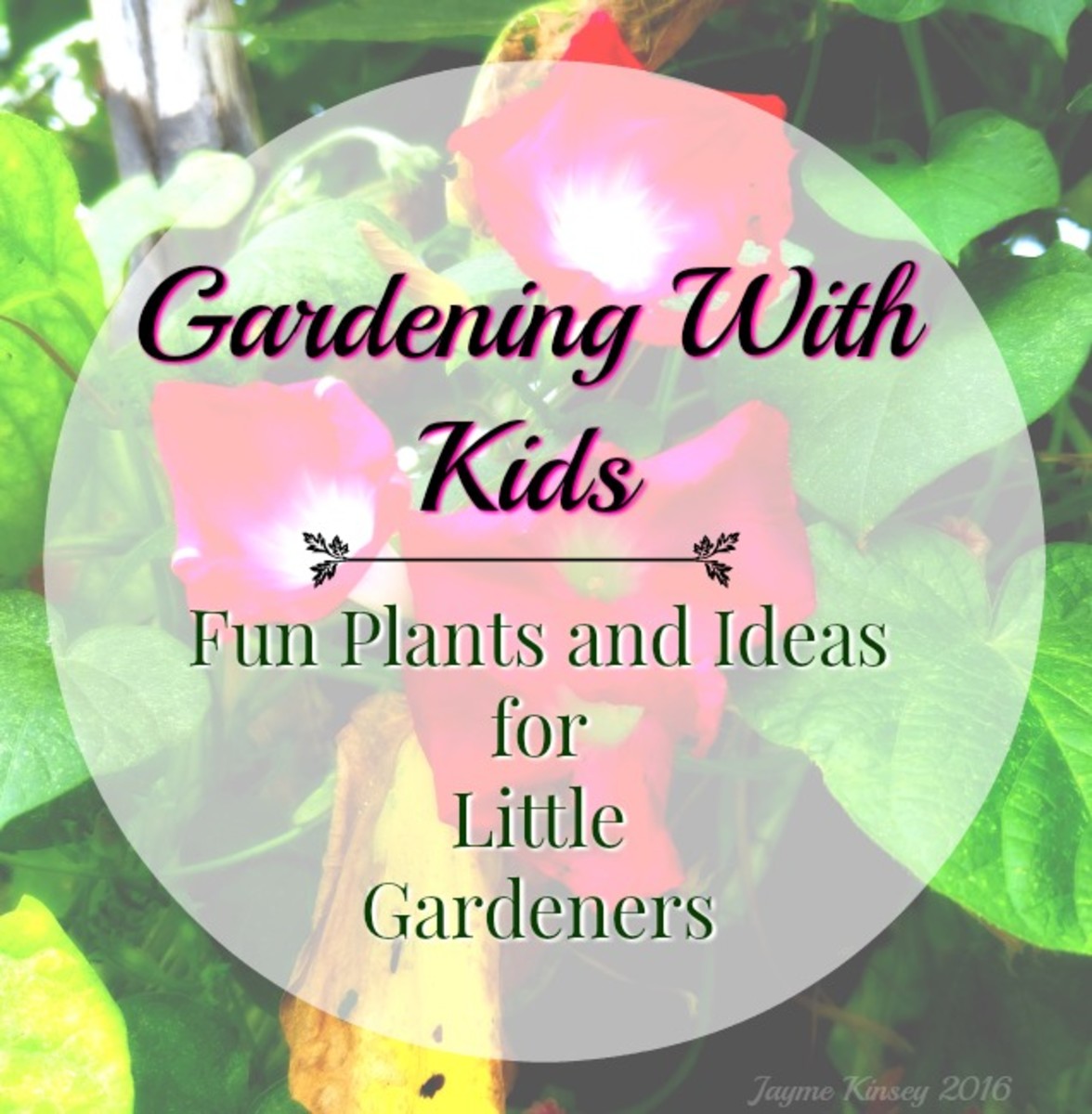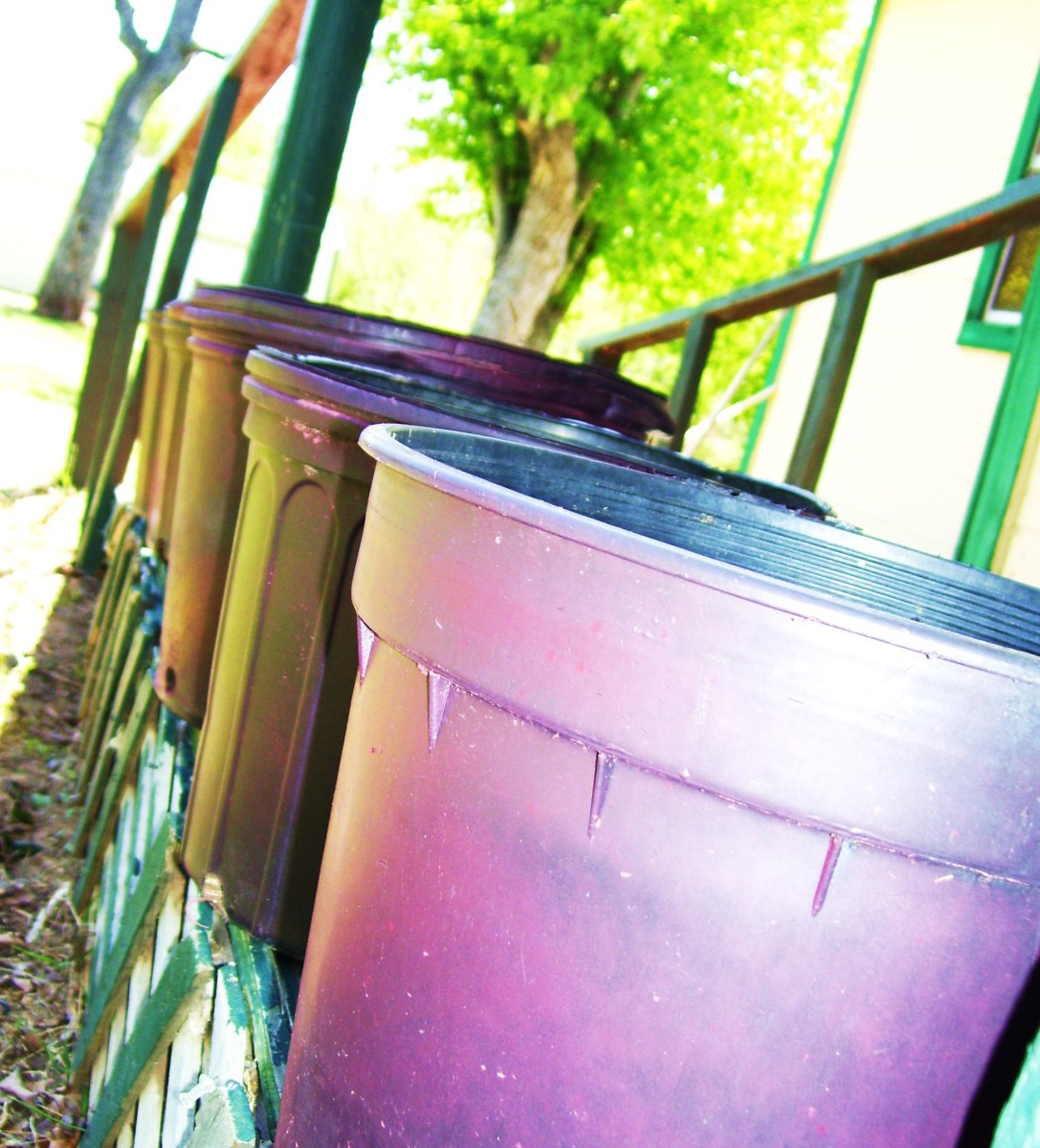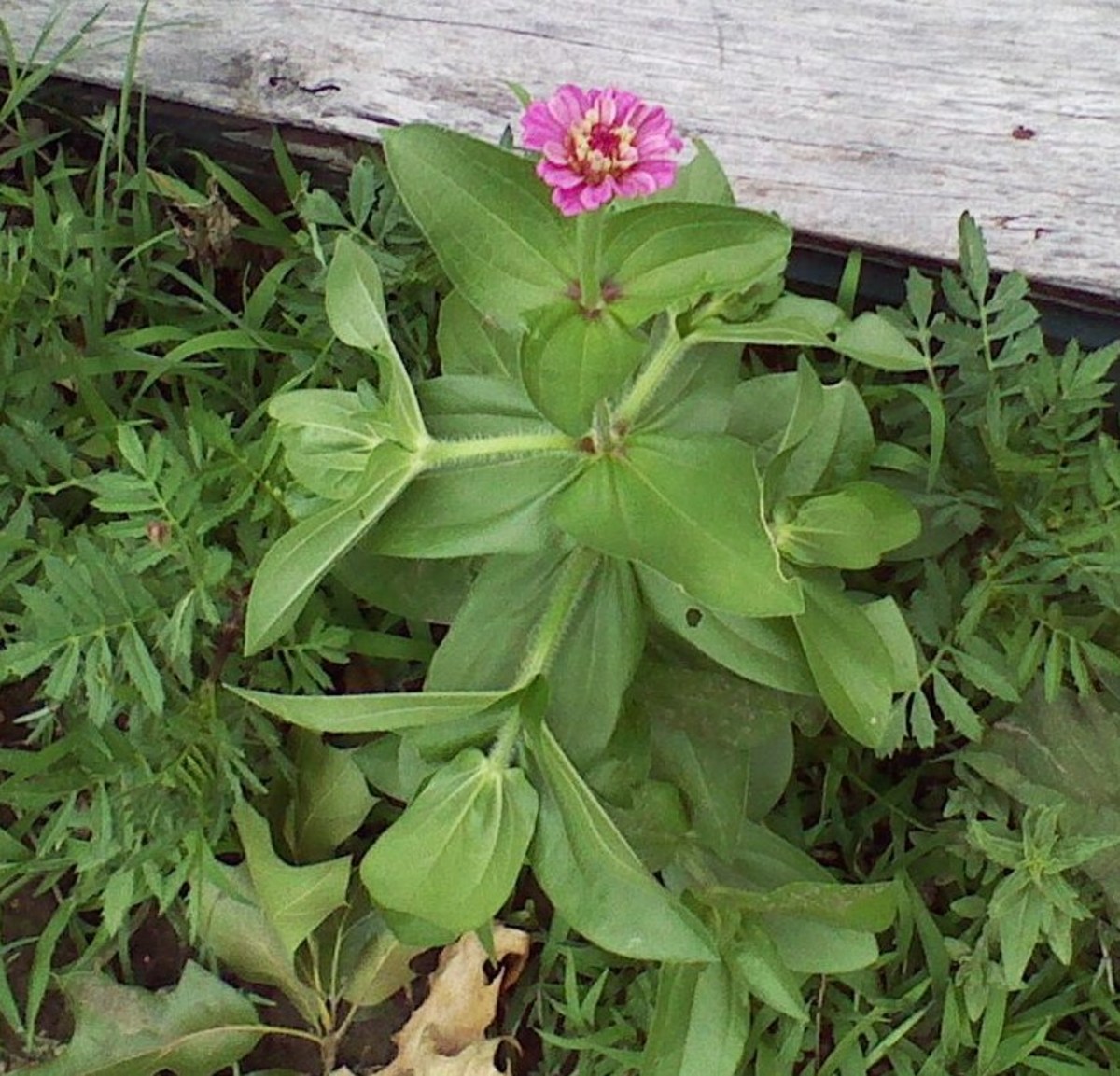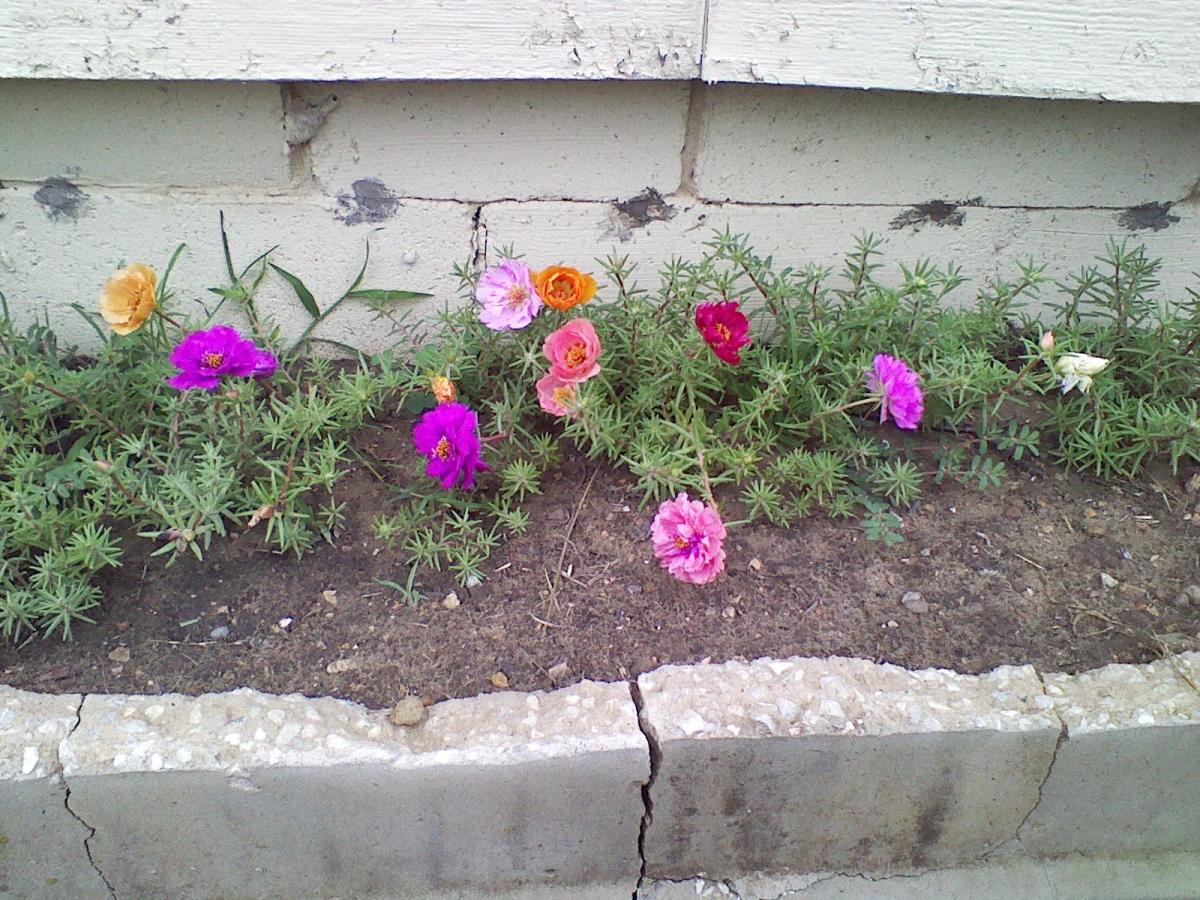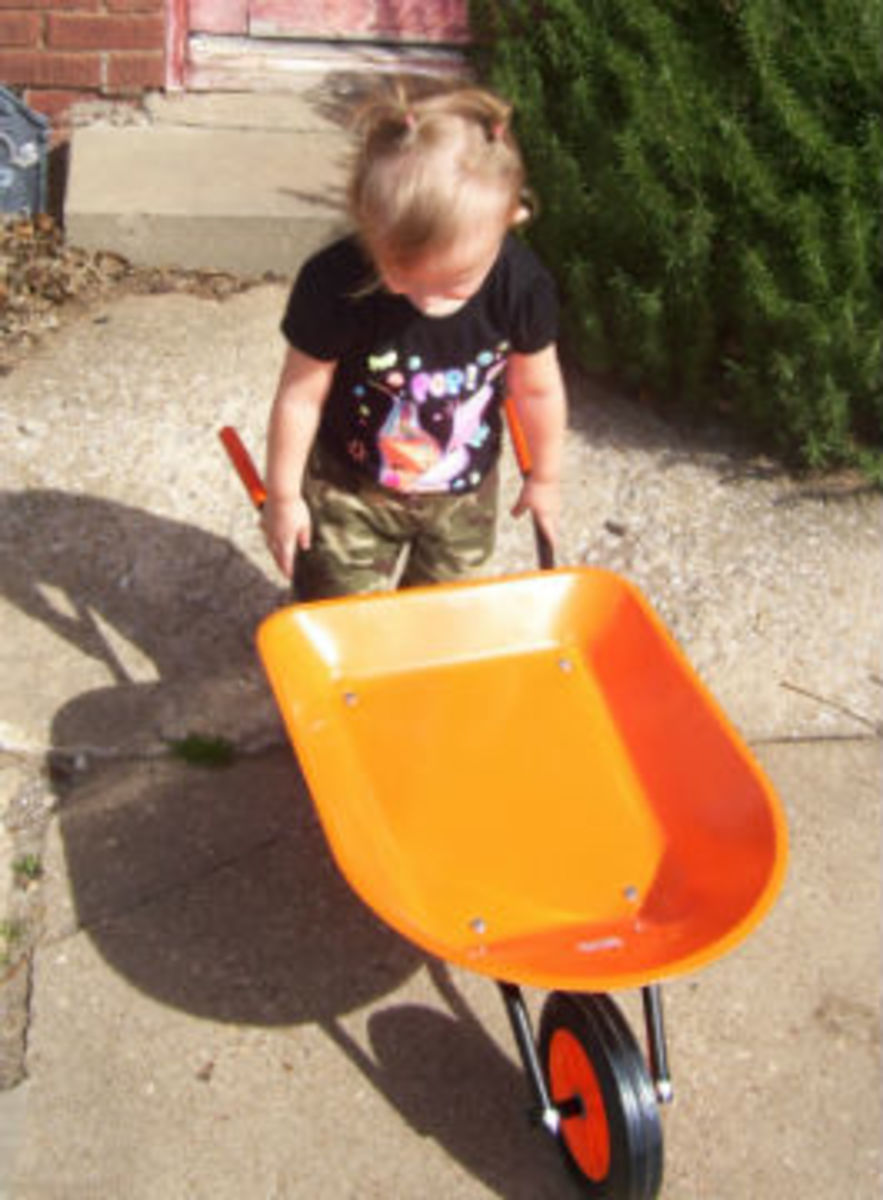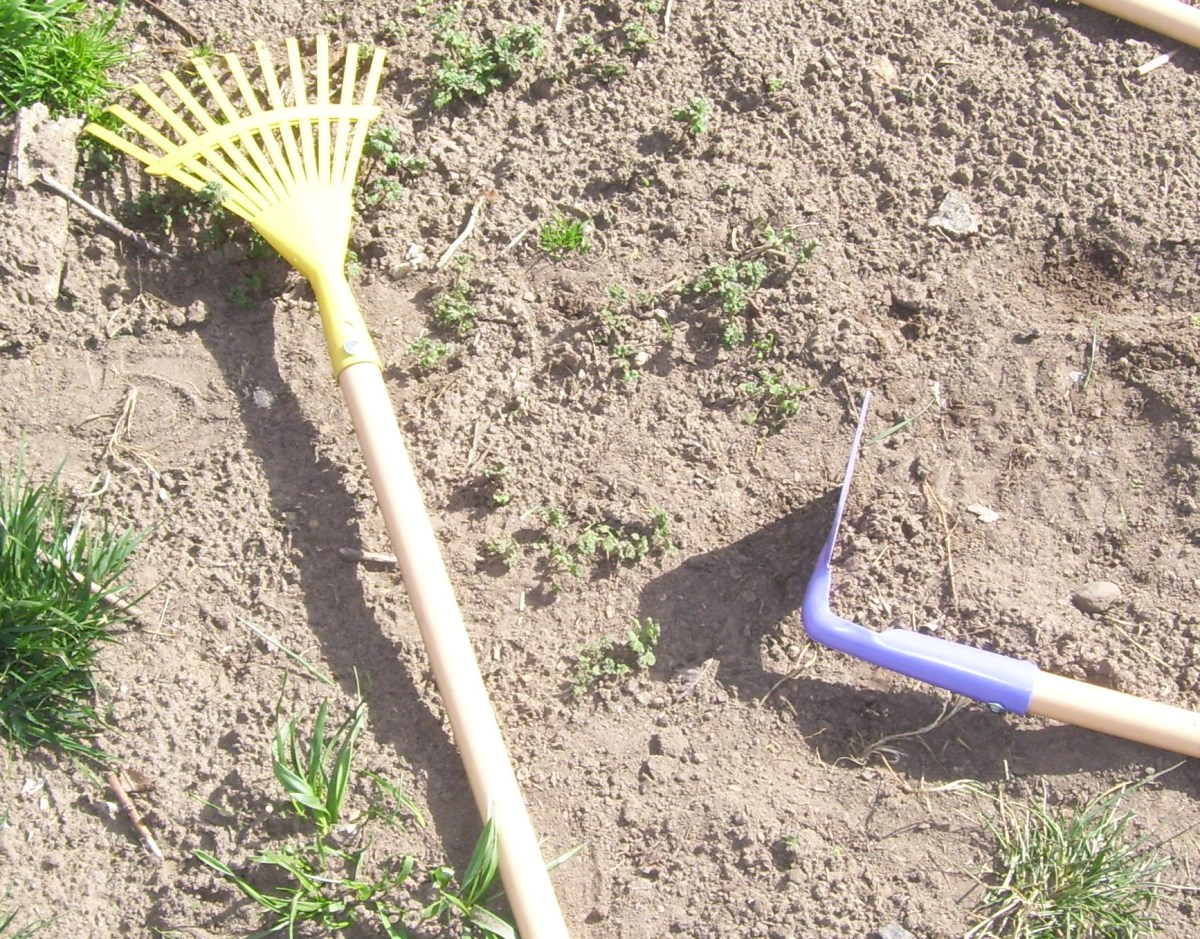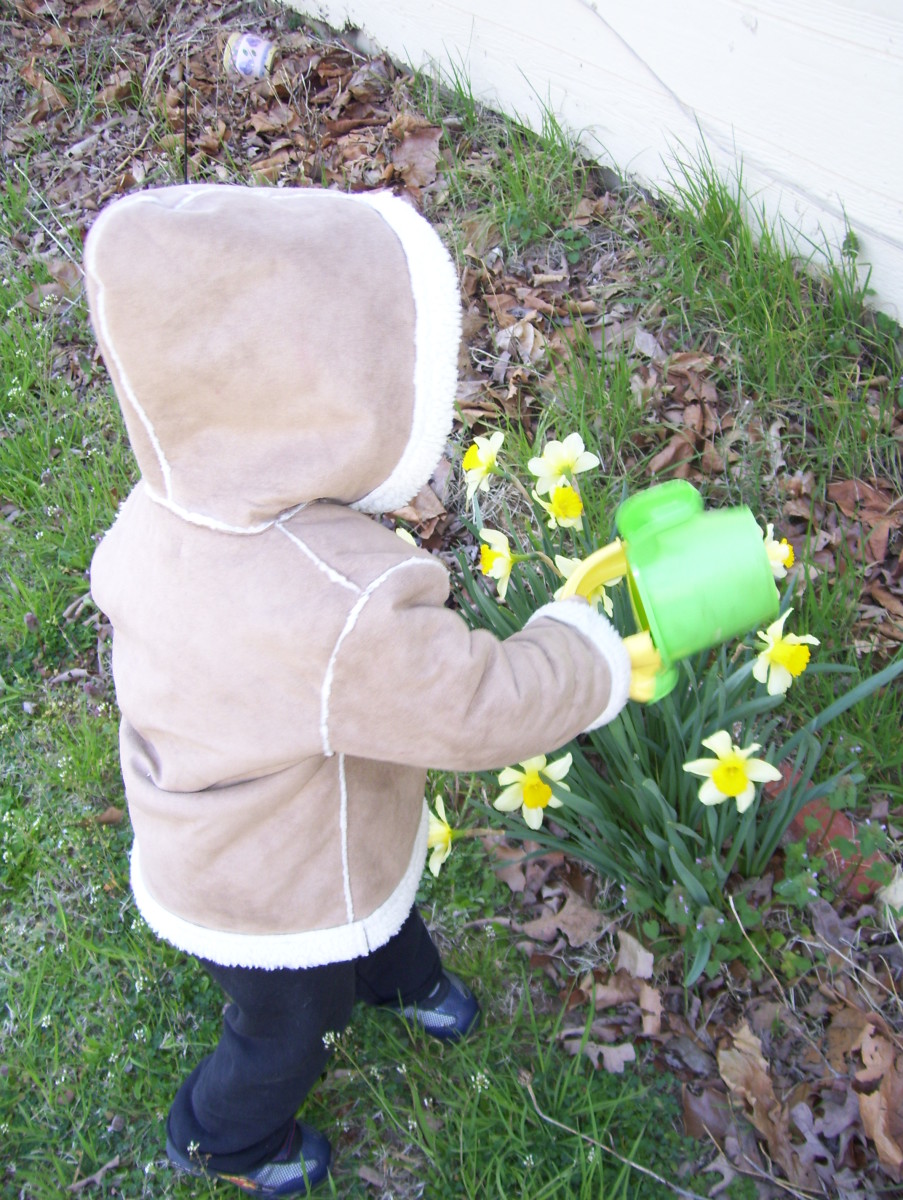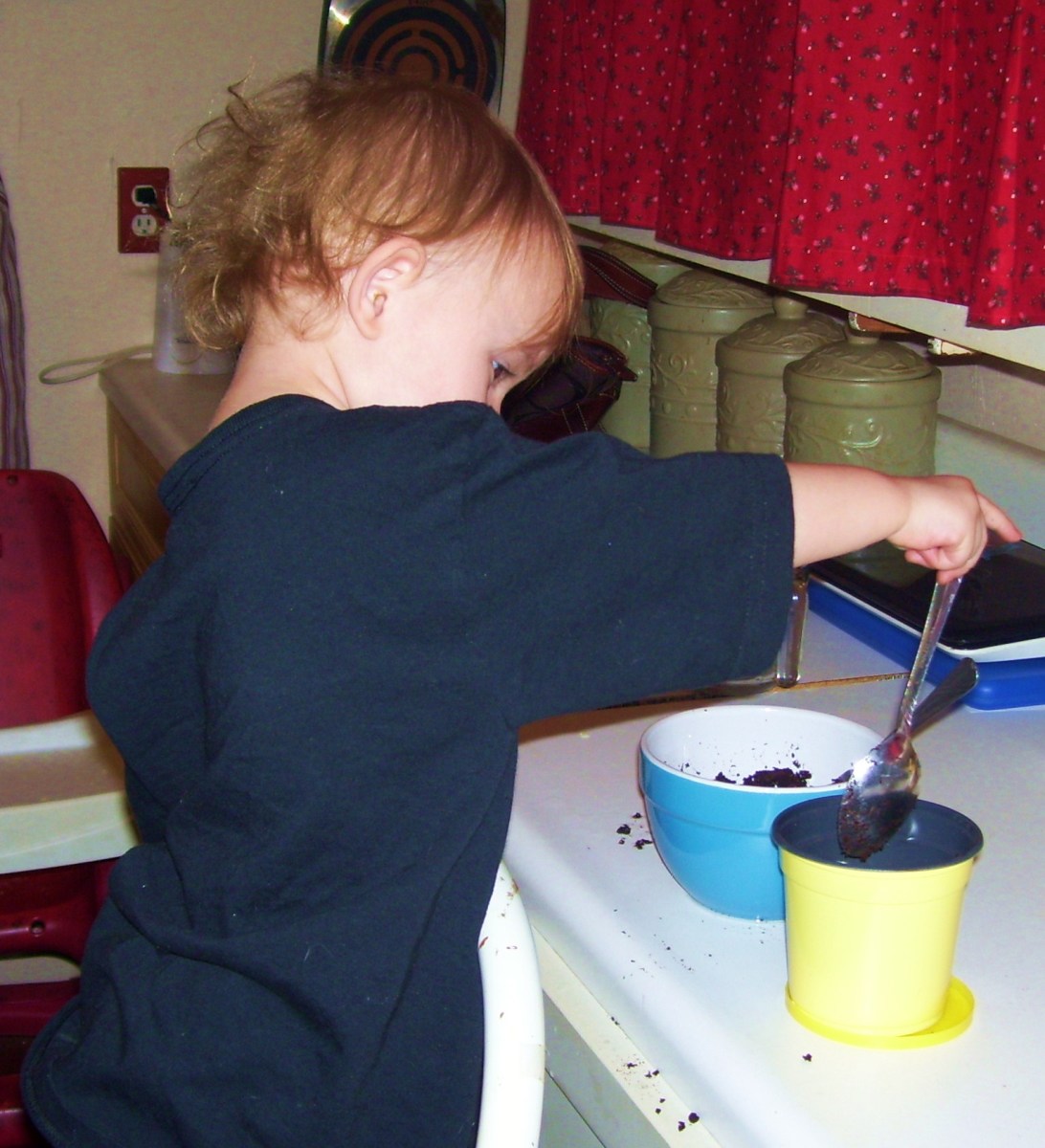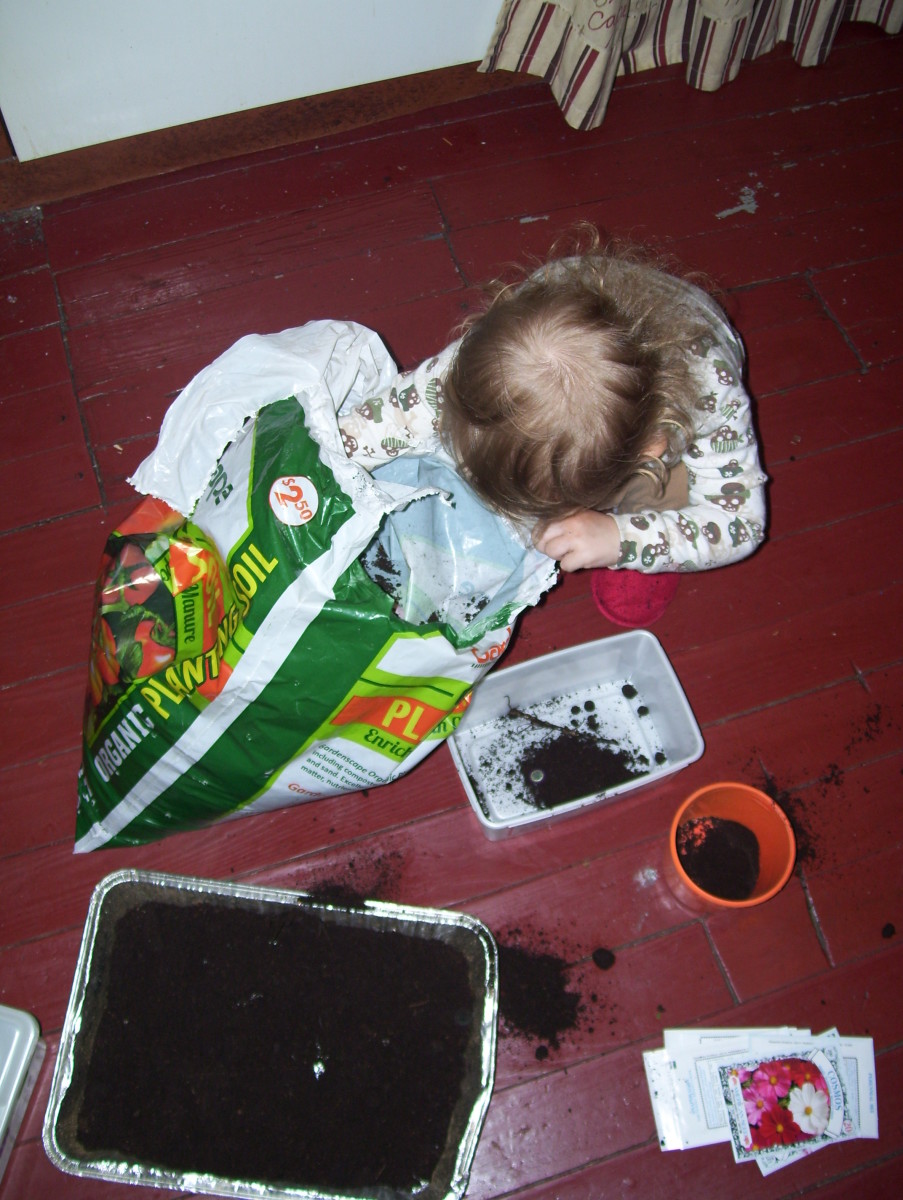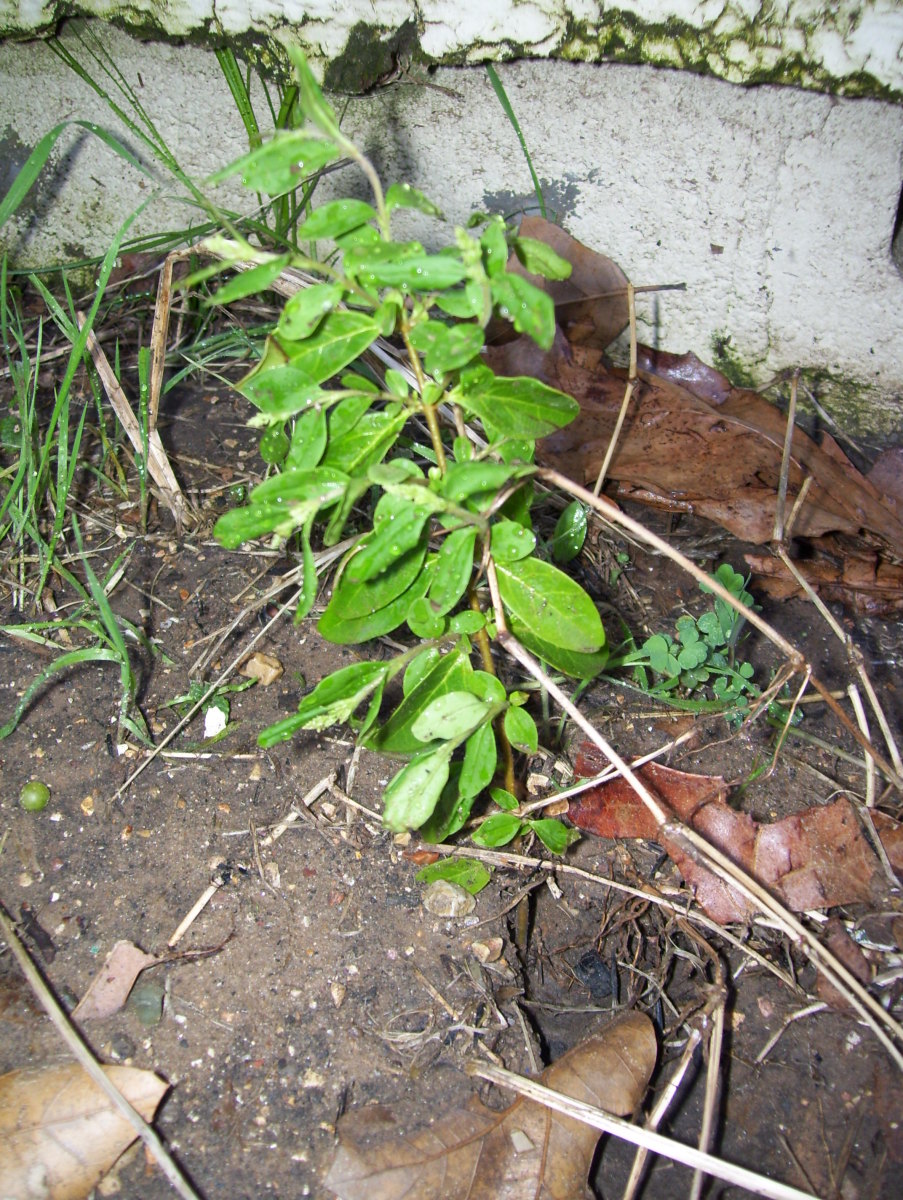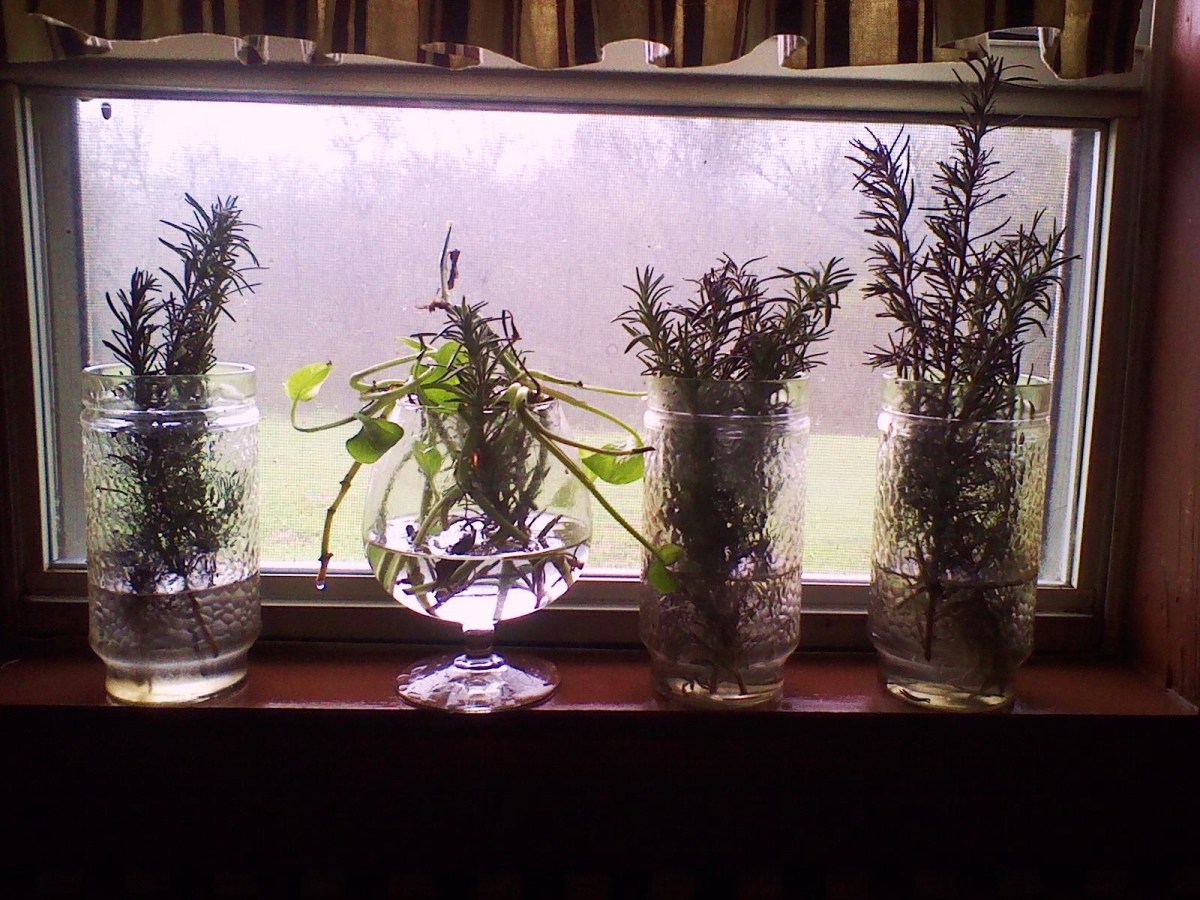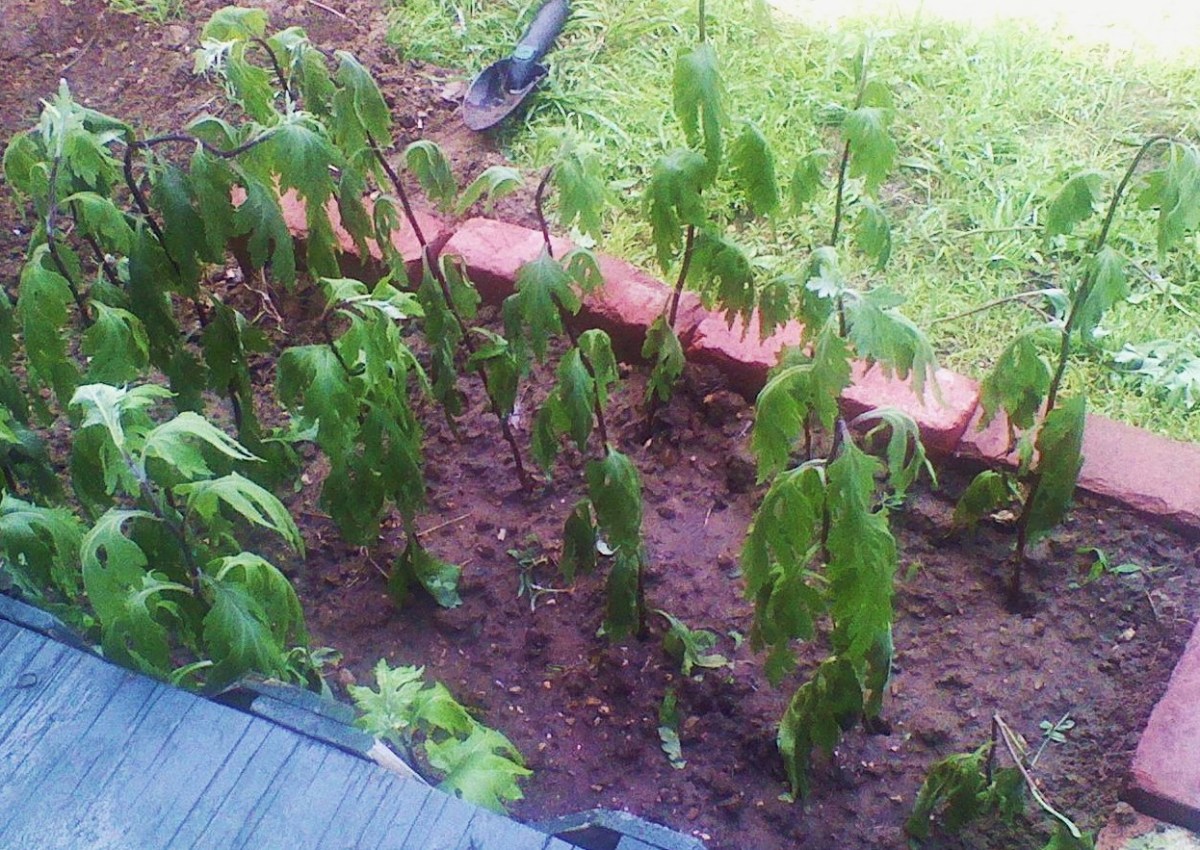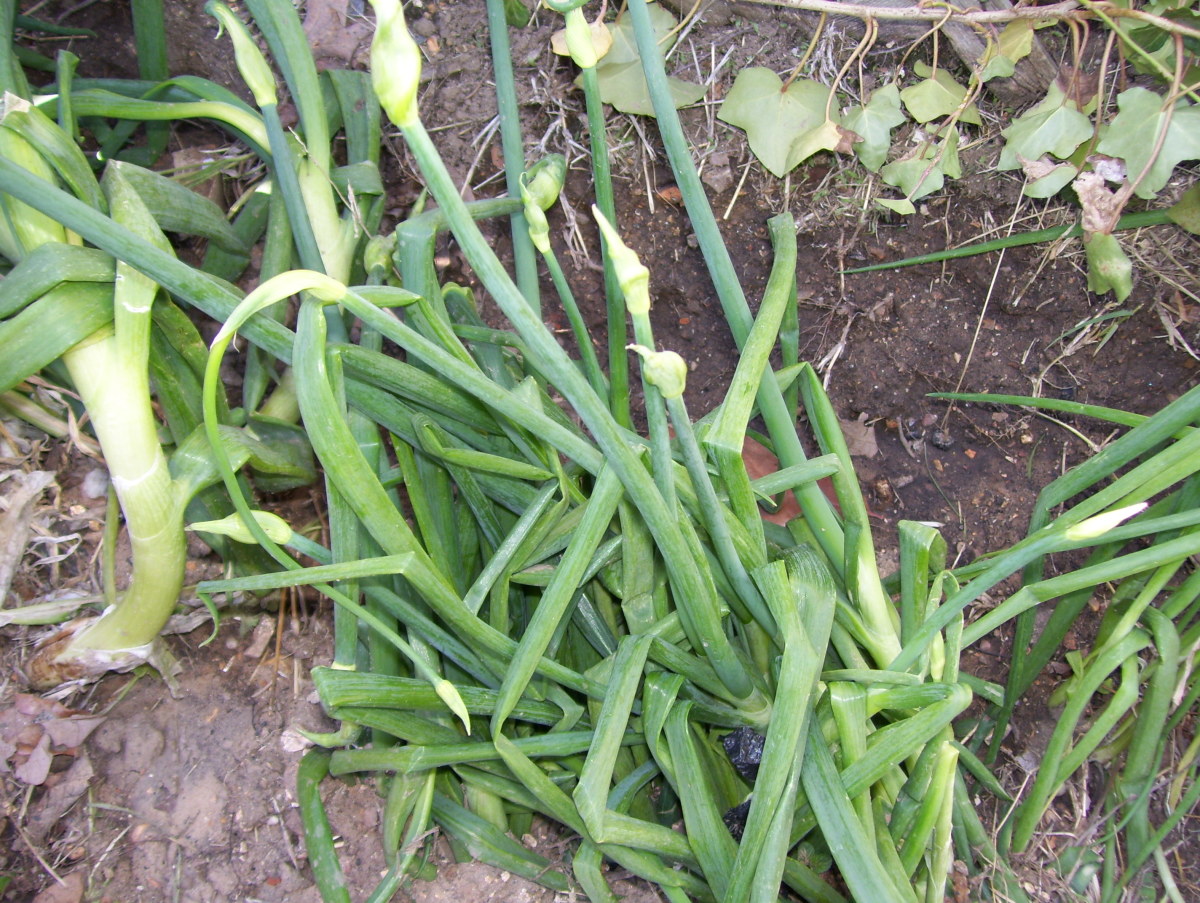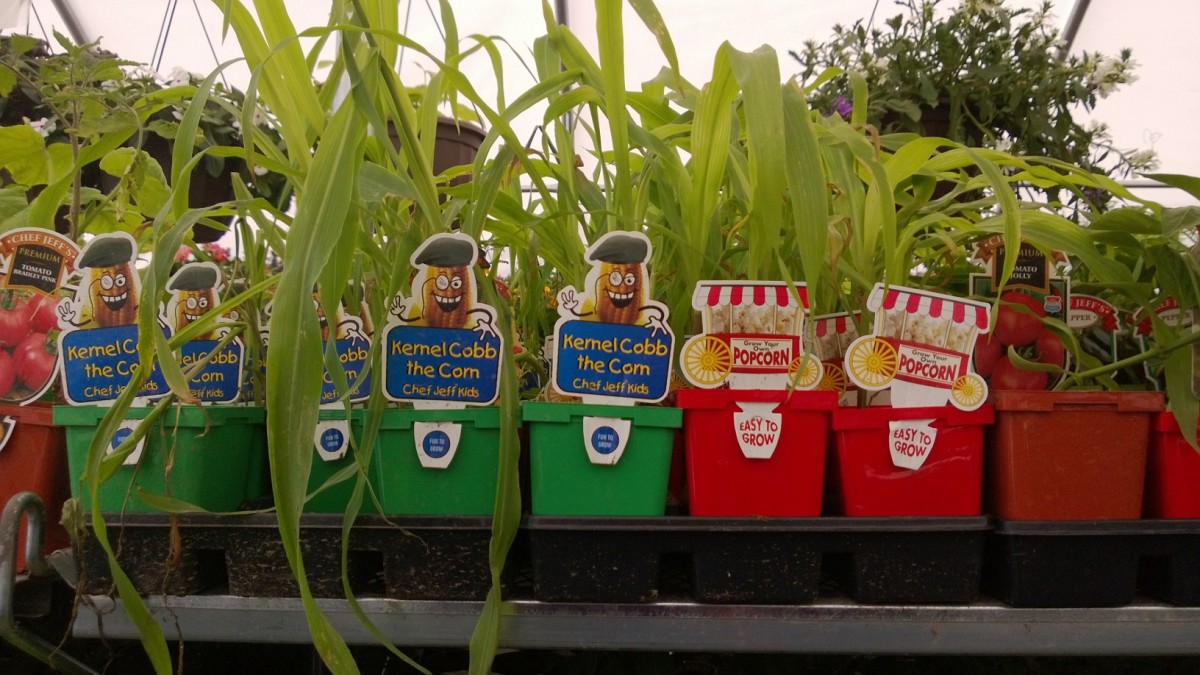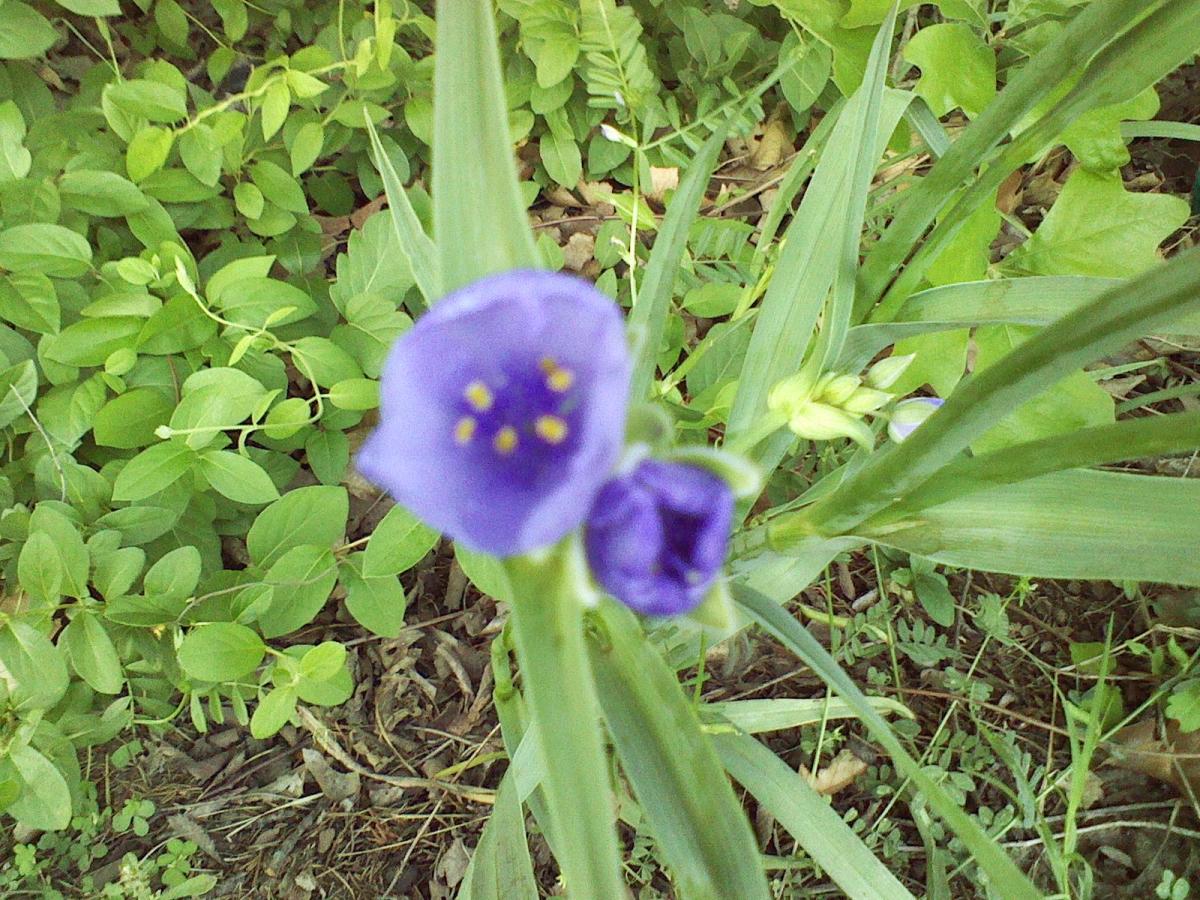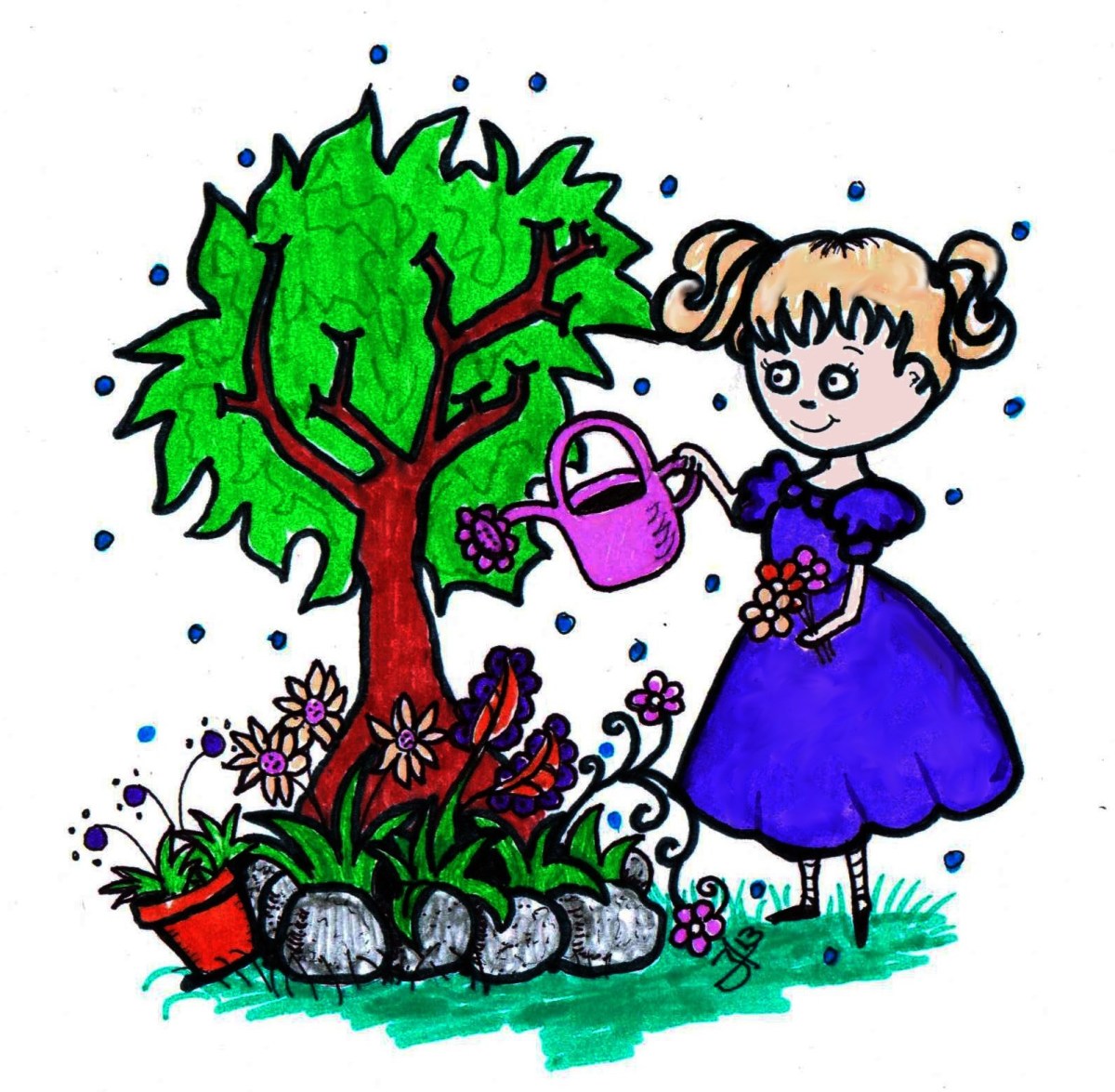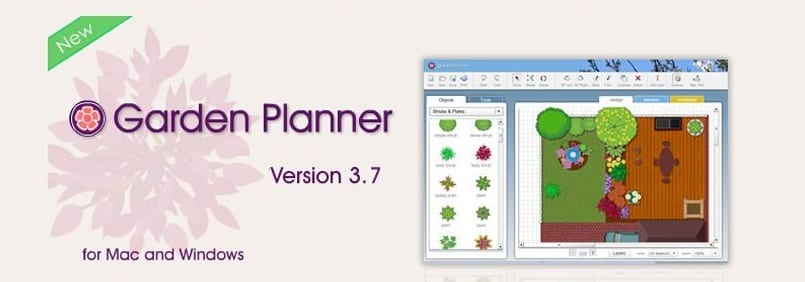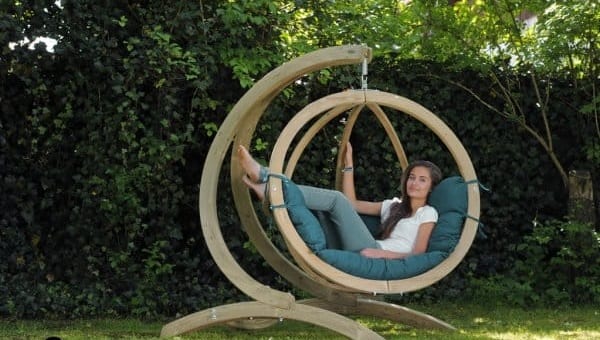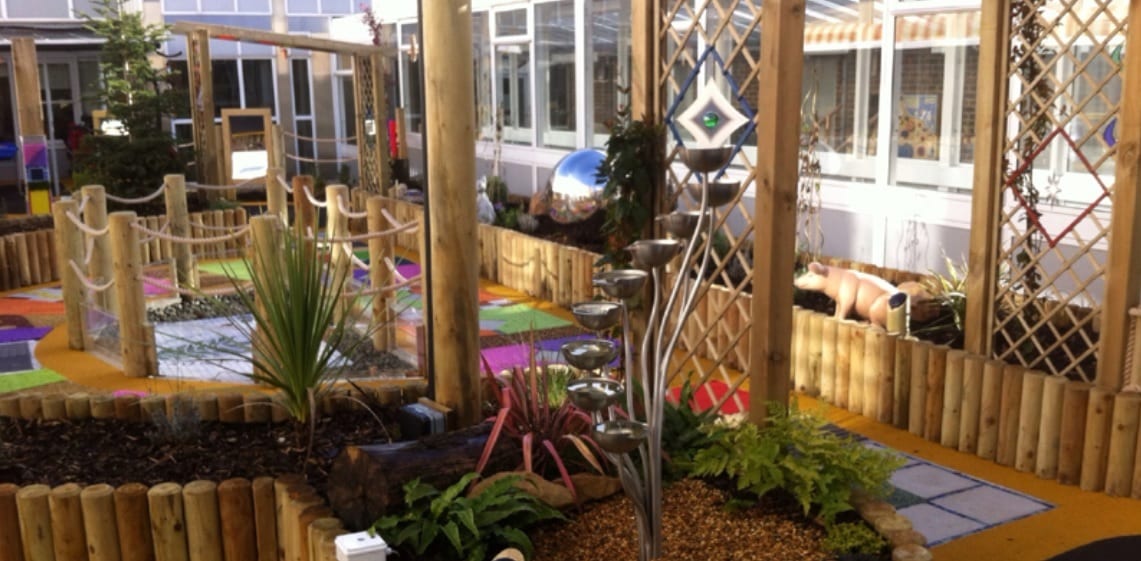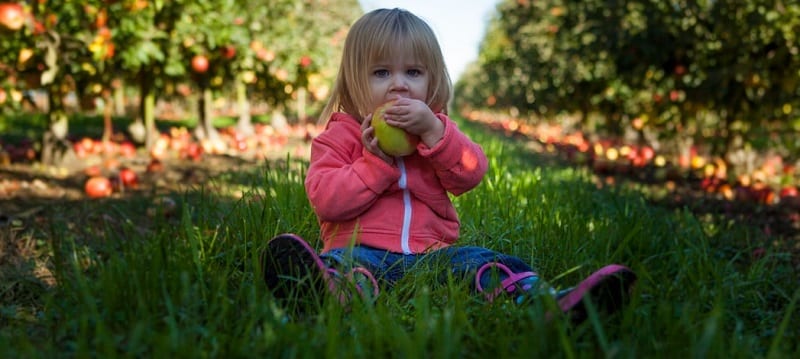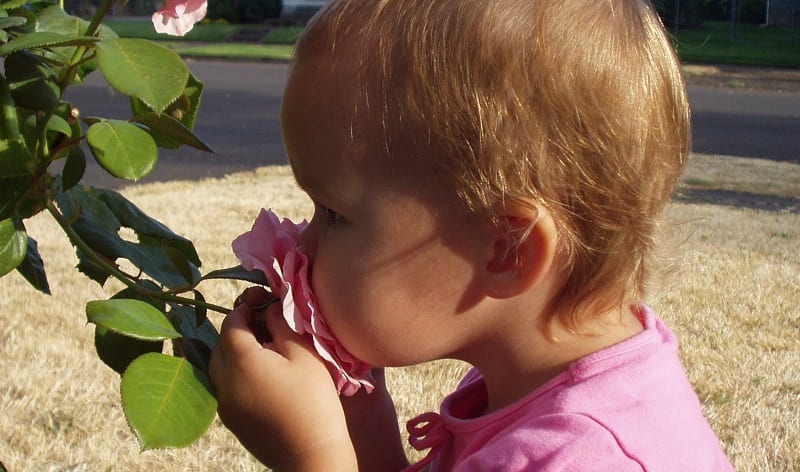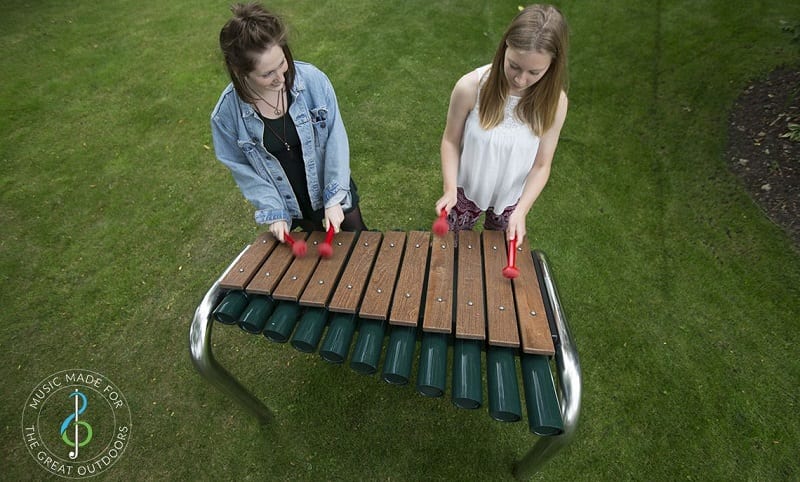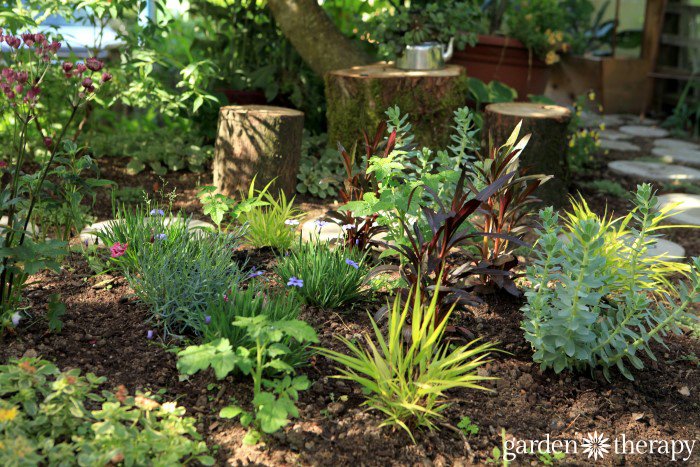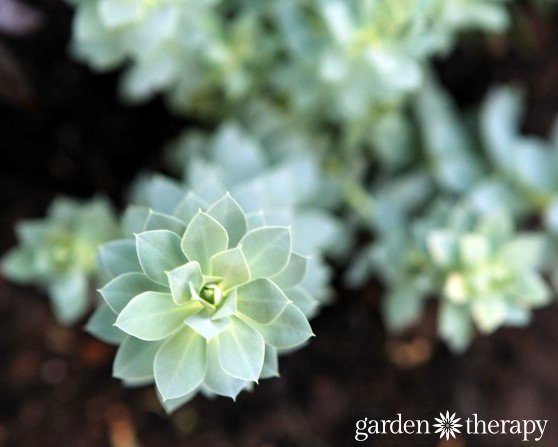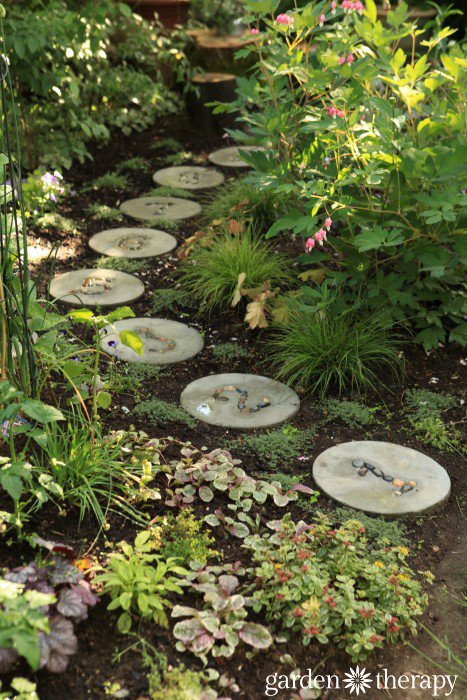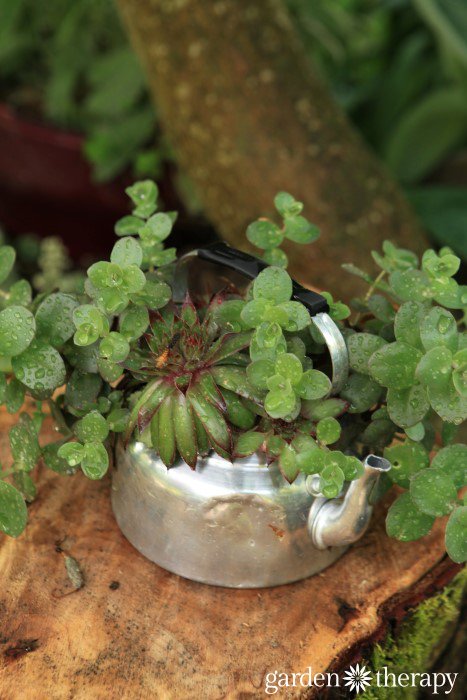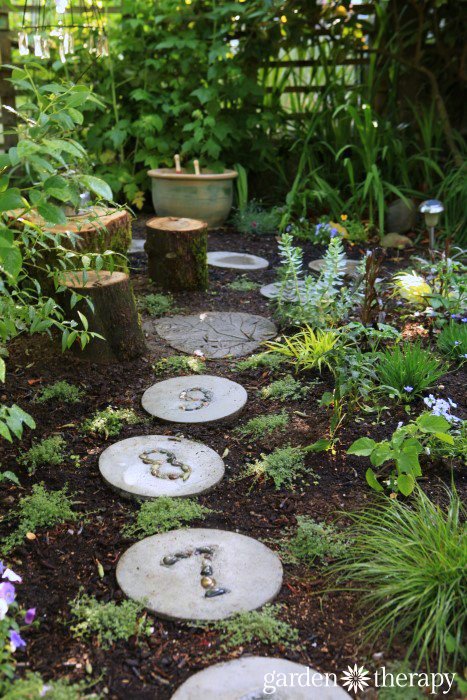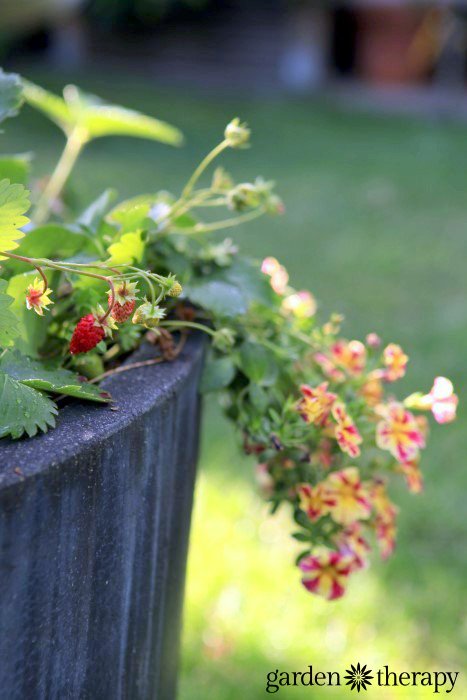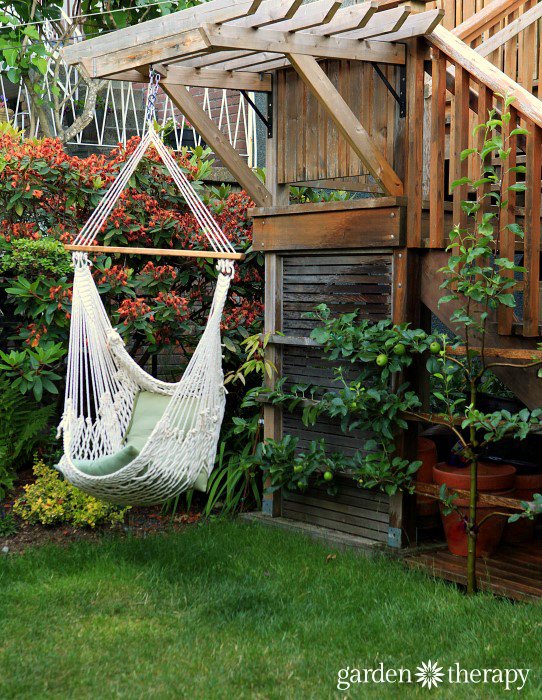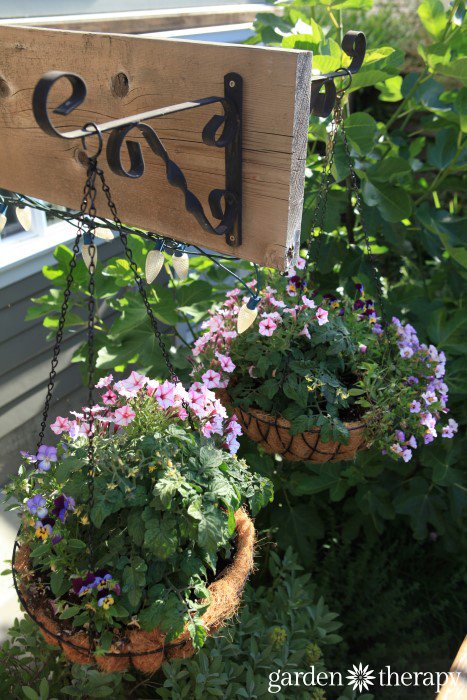25 Fun Loving Outdoor Activities And Games For Toddlers
Getting outside every day is not just good for your physical health, it’s good for your mental health too. That goes for your toddler too. It’s a stressful time for everyone and while a toddler might not be able to express their anxiety with words, their behavior likely shows it. Toddlers are very perceptive and when the adults are dealing with a lot they feel it too. One way to help ease anxiety and connect with your toddler is through play, specifically playing outside. Step away from the conference calls, the never-ending cycle of loading and unloading the dishwasher and get outside. It doesn’t have to be for a long time – here are some great fun outdoor activities for toddlers to try on these outside breaks!
Outdoor Action Art Ideas
Art doesn't have to involve fancy materials or a lot of prep. These quick to set up art ideas help kids explore new materials and processes!

Paint with sticks by Toddler Approved
Splat painting by Toddler Approved
Jackson Pollock Painting by Toddler Approved
Paint with water by Toddler Approved
Paint with water balloons by Toddler Approved
Spray Art by Toddler Approved
RELATED: Love to paint? Try these other creative ways to paint with toddlers.

Outdoor Toy Paint by Busy Toddler
Bounce Paint by Days with Grey
Fly Swatter Painting by Play Teach Repeat
Bubble Wrap Foot Stomp Painting by Sunshine Whispers
Window Painting by Mess for Less
Squirt Gun Painting by Toddler Approved
Outdoor Sensory Play Ideas
Sensory play helps kids learn through exploring their five senses. There are so many cool materials that you can introduce to your kids! Here are a few of our favorites. We've have so many that I hope that you'll love!

Jumbo water beads by Toddler Approved
Outdoor Sticky Mural by I Can Teach My Child
Magic potions by Toddler Approved
Sand volcanoes by Toddler Approved
Trucks and rocks by Toddler Approved

Color Lab by Toddler Approved
Outdoor Tree Bark Rubbings by I Can Teach My Child
Backyard Mud Cafe by The Crafting Chicks
Oobleck Drip Painting by Views from a Step Stool
LEGO I-Spy by Toddler Approved
Make a Giant Foam Sensory Bin by Toddler Approved
Outdoor Water Play Ideas
Water is one of the absolute best play materials! There are so many fun ways to play with water. Here are a few creative ways to use water!

Spray the LEGO by Toddler Approved
Hunt for Gold by Toddler Approved
Water the Alphabet Garden by Toddler Approved
Water Table & Pom Poms by Happy Toddler Playtime
Paint Dyed Water by Busy Toddler
Washing Dishes Water Play by Twin Mom Refreshed
Painting with Water by Happy Hooligans
Alphabet Bug Spray by Toddler Approved
RELATED: Love water activities? Here are 10 more awesome water ideas for toddlers.
5 Tips For Parents Of Toddlers
Let the toddler take the initiative: The American Academy of Pediatrics recommends that you let the toddler guide himself through activities while you encourage his/her investigations and their bravery in exploring new things. For me: this gave me a window to see their own interests and learn ways that they enjoy their world.
Play multiple activities in a week: Have an activity schedule where you play several outdoor activities in a week to nurture every skill and milestone of the toddler.
Be interactive: Communication and interaction are essential for your toddler to grow socially. Whenever you play with the toddler, make it a point to have a meaningful conversation. That will improve his communication skills and widen his vocabulary.
Play in groups when possible: When a toddler plays in groups, he gets to exercise several skills such as social, language, and cognitive. For that reason, preschoolers are encouraged to have group play at child care centers. When playing outdoors, you can do the same thing. Playing as a family also counts as group play.
Be alert: Toddlers can get super excited and may forget their surroundings. In the process, they may not realize where they are running or walking. Therefore, toddler outdoor games should be played under adult supervision.
Outdoors are a good way to help your child develop physically and mentally. It will also help you bond well with your toddler. And you can have fun too by being part of every game that the little one plays!
Ten gardening activities preschoolers and toddlers will love
December 4, 2016 by Pip Lincolne
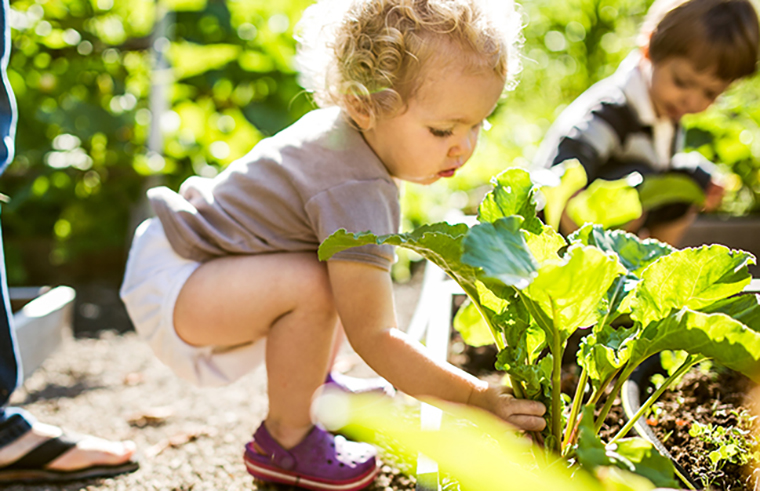
You might think that spending time in the garden with small children is a little too dirt-sprinkled or boring, but the great outdoors provides lots of opportunities to learn about the natural world and where we fit in. It’s also the perfect way to de-stress, create something beautiful and spend some super-rewarding time together, screen-free.
There are plenty of other developmental benefits for kids when it comes to spending time in the garden. Physical activity, a sense of responsibility, nurturing curiosity, imaginative play opportunities, exploring all kinds of science-based concepts and discovering more about nutrition and the natural world are but a few. Who could resist? Why aren’t you reading this in the garden with your child, right now?!
Investing in some child-sized garden equipment will help keep little gardeners busy and safe. Here’s ten ways to encourage a green thumb in your under-five kiddo, in case you’re itching to get started.
1. Grow speedy veggies
Grow the kind of speedy veggies that your kids will enjoy raising and eating. Pots of salad leaves, bushy cherry tomatoes, established strawberry pots, mild and fast-growing radishes, baby carrots, peas, beans and herbs could all be grown in tubs or garden beds and your littlie will not only love watching them thrive, but may even be happy to pick, wash and eat them!
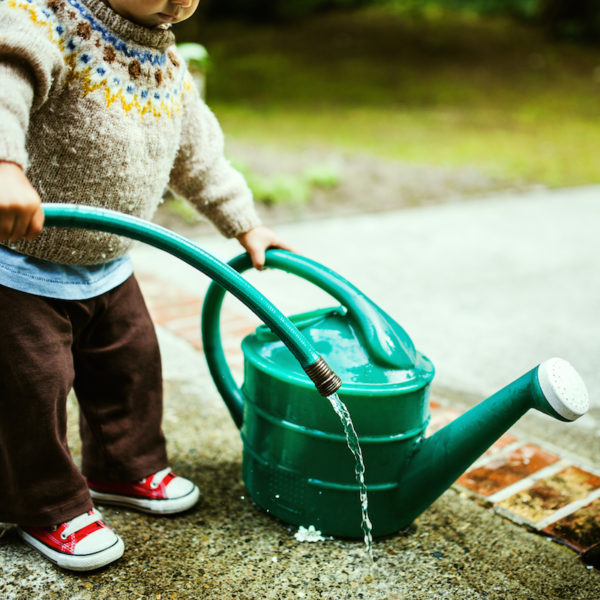
2. Water feature
Arm your child with a watering can and point out the thirstiest plants, then let them get on with the important job of watering the garden for you. Repeated trips to refill the watering can are a must!
3. Fairy gardening
Fairy gardens are perhaps on the back burner now that kids have access to iPads and cable TV. Introduce your child to the delights of making their own tiny and magical garden with things salvaged from the backyard. Keep an eye out for fairy garden friendly props (think mini figurines and plastic toys) at your local op shop too. And check out these 11 enchanting fairy gardens to create with your fairy-loving child.
4. Farm friends
If your own backyard is small or non-existent, you might want to introduce your child to the delights of gardening on a larger scale. Head to your nearest berry farm or road trip to a more rural area and seek out roadside veggie stands to inspire conversations about growing, eating and the natural world.
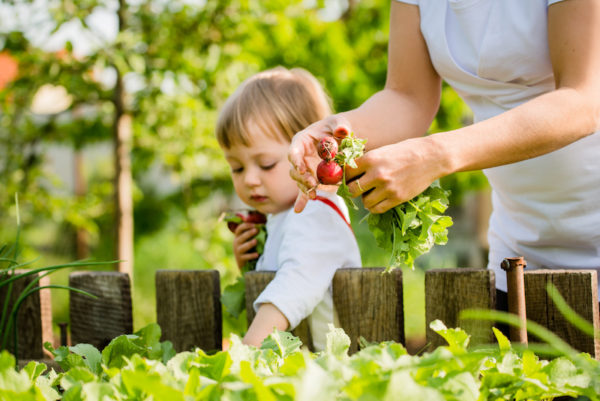
5. Grass heads
Perhaps you remember growing grass heads or sprout heads when you were a child? This is a lovely activity to tackle with your own kids and they’ll have a lot of fun adding character to their critters (and giving them funny haircuts!) This activity is also perfect for apartment dwellers who don’t have access to backyards or balcony gardens. Here’s how to DIY your own growing friend.
6. Birds and bees
Your local nursery is a wealth of information about what to grow where, and your child will adore tearing up and down its leafy aisles. Talk to nursery staff about fauna attracting plants and go on a bee hunt with your child, noticing which plants are the most bee friendly and pondering how important these tiny creatures are to the natural order of things.
7. Nature study
Grab some pencils and paper and head outdoors for a nature study together. Notice the shapes and colours of plants. Draw your favourite flowers together. Take notes on the birds you might see. Talk about the weather. Granted some of these toddler notes might be a bit abstract, but you try describing the fragrance of a nasturtium leaf! Create a journal for your nature notes and continue to add to them when you’re both in the mood. Here’s 10 more activities to nurture a love of nature in your preschooler.
8. Eat out
What better way to appreciate the garden than to eat dinner outside or enjoy a backyard picnic lunch? You can take this next-level by eating things you’ve GROWN in the garden, or you can eat the kinds of things you’d like to grow and discuss where you might plant your own delicious veggies.
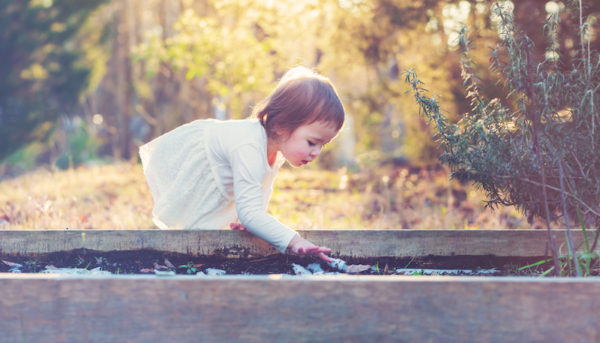
9. Personal patch
Under fives love nothing more than to be offered a bit of independence and their very own garden bed is the perfect way to do that. Help them prepare their bed nicely and choose plants to grow. Have a daily watering ritual to ensure best results. You could even make plant markers together, to cutely label what is growing where.
10. Composting and worms
Introduce a composting system if you don’t have one already (your local council can often help with this) and grow disgustingly good stuff to dig into your garden. This is a great way to help kids understand the importance of reducing waste, recycling and nurturing wriggling worm pals, too!
Keeping safe in the garden
To keep your child safe in the garden, remember to supervise them at all times and be aware of any hazards or escape routes.
Keep chemicals stowed away.
Wash hands after gardening.
Avoid using potting mix unless using gloves and mask.
Make sure kids are carefully supervised around buckets of water, ponds or pools.
Wear sunscreen, sun smart clothing and hats.




